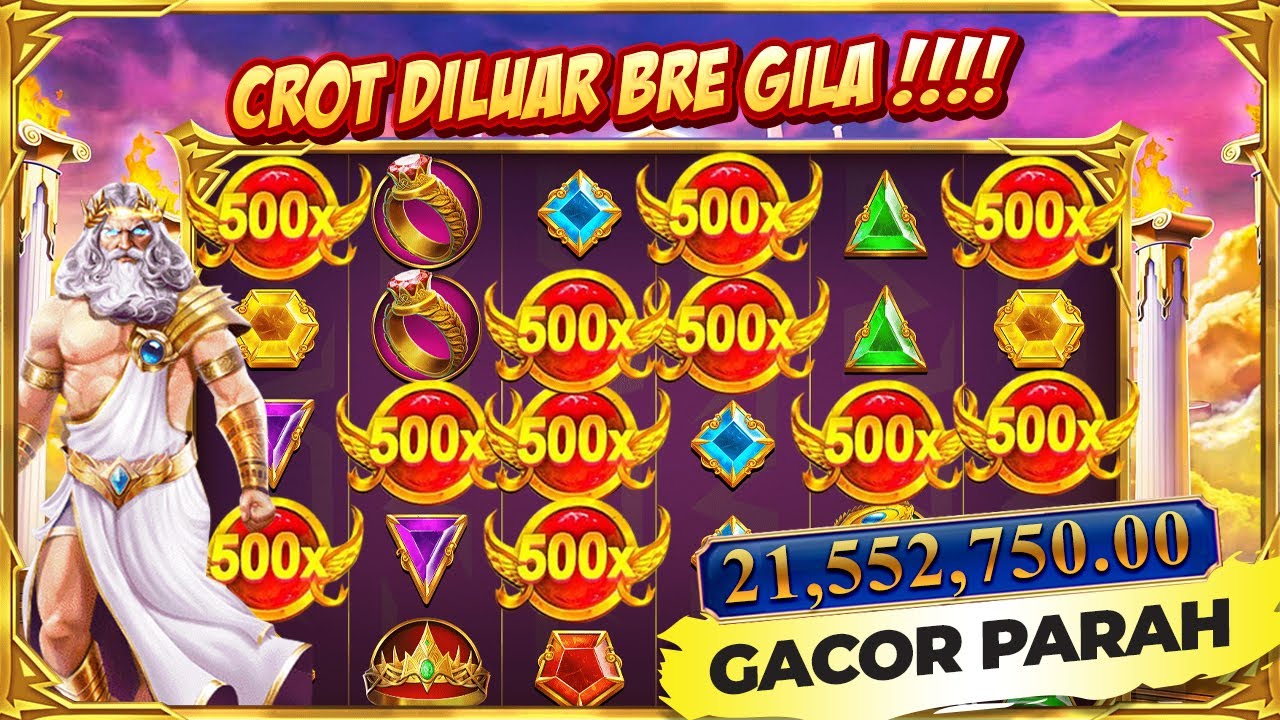Detailed Notes on 23naga
Detailed Notes on 23naga
Blog Article
[72] The movements of your bakunawa served as a geomantic calendar procedure for ancient Filipinos and were A part of the shamanistic rituals with the babaylan. It will likely be depicted which has a characteristically looped tail and was variously considered to inhabit either The ocean, the sky, or even the underworld.[seventy three]
Early depictions of circa-ninth-century Central Java intently resembled Indic nāga which was depending on imagery of cobras. Through this period, nāga-serpents were depicted as giant cobras supporting the waterspout of yoni-lingam.
^ Kathiragesu Indrapala writes that "During the traditions preserved within the early Sri Lankan chronicles along with within the early Tamil literary operates the Nagas show up as a distinct group".[forty] He further more writes that "the adoption of your Tamil language was encouraging the Nagas within the Tamil chiefdoms to generally be assimilated into the main ethnic team there".
A very important poem from this era San Leupphasun (Lao: ສານລຶພສູນ) discusses relations between Laos and Thailand in the veiled method, using the Nāga plus the Garuḍa to symbolize the Lao and the Thai, respectively.[56] The Nāga is included thoroughly into Lao iconography, and attributes prominently in Lao lifestyle throughout the size in the nation, don't just in Vientiane.
Within the Xanth series by Piers Anthony, the Naga really are a race of human-headed serpents that may remodel among entirely human and serpent kinds, like any species and measurement of snake.
Nagas also show up while in the Battle for Wesnoth, and they are depicted as a more snakelike counterpart to the merfolk, who will often be their enemies.
The devas as well as the asuras made a decision to get Amṛta (Ambrosia—the celestial honey of immortalily) by churning the sea of milk. The Devas went to bring Mandara-mountain, to be used as the churning rod. Their attempt was futile. The asuras built a trial Along with the identical outcome. The Bhūtagaṇas (Guards) of Śiva also made a vain try. Around the instruction of Viṣṇu, Garuḍa went and brought the mountain as quickly being an eagle normally takes away a frog. Now Vāsuki must be brought. The Devas and Gandharvas failed in that try also. Garuḍa who was haughty of his energy and velocity, went to the city with the nāgas (serpents) and asked for Vāsuki to return to The ocean of Milk.
Devī Manasā is thought while in the Heavens, during the abode of your Nāgas (serpents), in earth, in Brahmāloka, in all of the worlds as of extremely honest colour, 23naga lovely and charming. She is named Jagad Gaurī as she is of a very fair colour on earth. Her other name is Śaivī and she is the disciple of Śiva. She's named Vaiṣṇavī as she's tremendously devoted to Viṣṇu. She saved the Nāgas in the Snake Sacrifice executed by Pariksit, she is named Nageśvarī and Nāga Bhaginī and She is able to demolish the results of poison. She is termed Viṣahari. She acquired the Siddha yoga from Mahādeva; for this reason She is named Siddha Yoginī
Her curse enables her 23naga to alter into a snake and back right into a human, but her snake variety at some point will become permanent.
Though wars, nature, and also the passage of time ruined many temples from the Funan period, nāfuel 23naga can however be observed in ancient temples dating for the Chenla and Angkor eras.
Daityas and Dānavas are certainly not effective at recounting his very good characteristics. He is honoured by Devas and celestial sages. He's spoken of as Ananta. He 23naga contains a thousand hoods and He's Evidently bedecked in Svastika ornaments devoid of impurities. He illuminates all quarters by thousand jewels on his hoods.
[forty one] ^ In the Mahavamsa as without a doubt in The traditional Sanskrit and Pali literature normally, the Nagas are under no circumstances represented as human beings, 23naga but as a class of superhuman beings, who inhabited a subterranean entire world.
Nagas seem from the Dungeons & Dragons roleplaying sport, depicted as large serpents with human heads.
Antaboga, the planet serpent in Javanese and Balinese mythology of Indonesia, who produced the entire world turtle Bedawang in which the earth resides on its again
